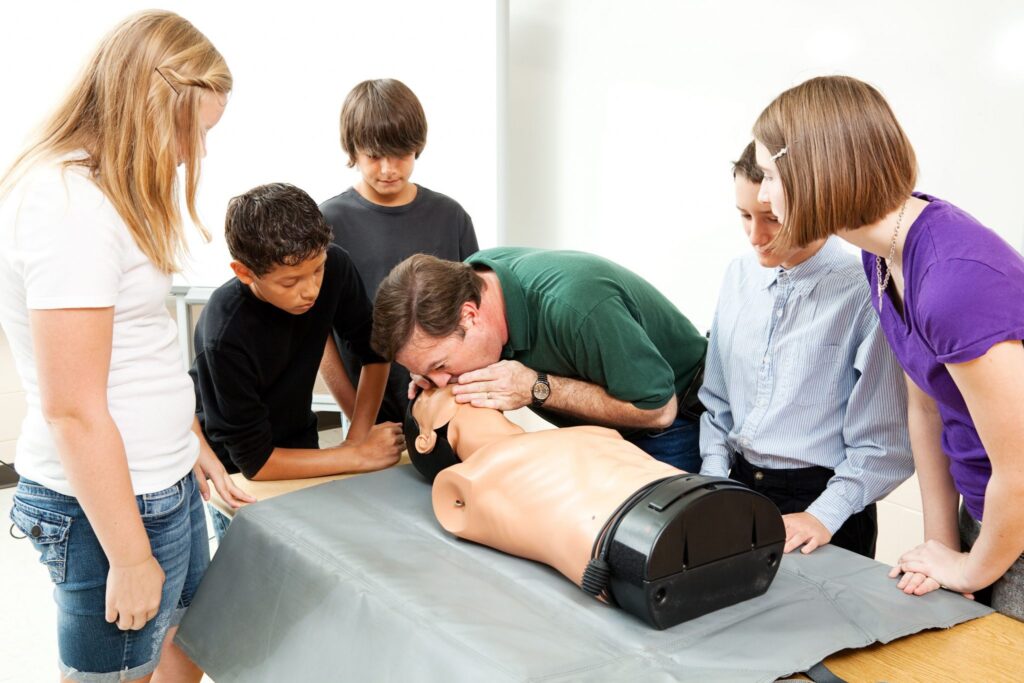Emergency response training is crucial for equipping individuals with the necessary skills and knowledge to act swiftly and effectively during critical situations. Whether it is responding to a medical emergency, a fire, a natural disaster, or an active threat, the ability to stay calm and act quickly can save lives and prevent further harm. Training programs are designed to prepare participants by teaching them how to assess situations, make informed decisions, and use available resources efficiently. One of the key aspects of emergency response training is ensuring that individuals understand the importance of clear communication. In high-pressure situations, it is easy for panic to set in, but trained responders are taught to communicate effectively with both victims and emergency services. This can help to minimize confusion, ensure that accurate information is shared, and that the right resources are deployed quickly. Moreover, effective communication extends to offering reassurance to those involved, which can help to calm their nerves and make them more likely to follow instructions.

Another crucial component of emergency training is hands-on practice. Training often includes realistic drills that simulate real-life emergencies, giving participants the chance to practice their responses in a controlled environment. This practical experience is vital because it helps individuals become more confident in their abilities and familiar with emergency procedures. Repetition is key knowing how to perform CPR, use fire extinguishers, or evacuate a building during a fire drill becomes second nature with regular training. When the time comes to respond to an actual crisis, those who have practiced these skills are far more likely to act decisively and without hesitation. In addition to physical preparedness, emotional resilience is also a key focus of emergency response training, such as the bhv cursus. Trainees are encouraged to handle stressful situations with a level head, as stress and panic can impair decision-making. Emergency situations often require individuals to make split-second decisions with potentially life-altering consequences, and remaining composed under pressure is essential.
Training often includes strategies for managing stress, building mental toughness, and fostering a calm demeanor during chaos. Furthermore, emergency response training promotes teamwork and coordination. In many cases, emergencies require a group effort, and successful outcomes depend on how well individuals work together. Teamwork skills, such as delegating tasks, following protocols, and supporting colleagues, are emphasized in the training process. By honing these skills, participants learn to trust one another and collaborate efficiently during crises. Overall, emergency response training ensures that individuals are not only prepared but also confident and calm when responding to a critical situation. The knowledge gained through such programs can be the difference between life and death, highlighting the importance of investing time and resources into these essential skills. By regularly engaging in emergency training, individuals can contribute to creating safer environments for themselves and others.